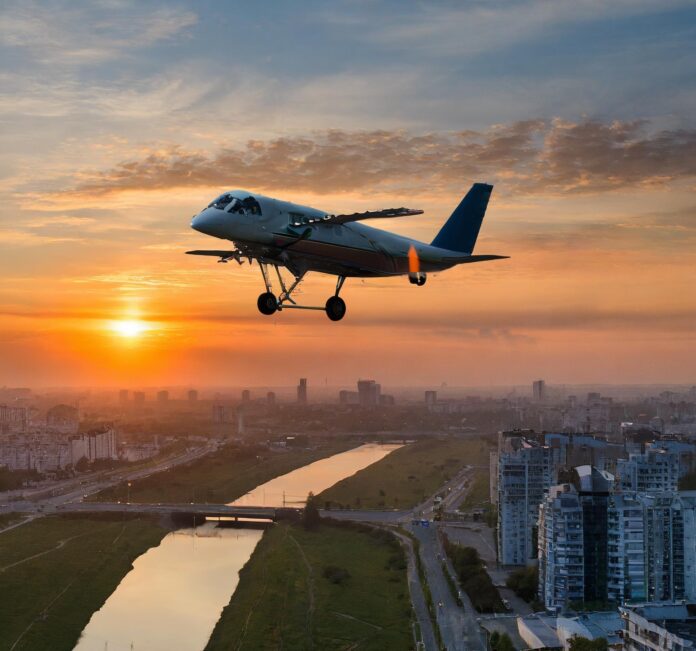In a game-changing stride toward the future of urban transportation, Urban Air Mobility (UAM) is making waves, offering a tantalizing glimpse into a new era of aerial mobility set to transform the way we navigate cityscapes. With electric vertical takeoff and landing (eVTOL) technology at its core, UAM holds the promise of redefining urban commuting, mitigating traffic congestion, and fostering a more sustainable and interconnected urban environment.
Picture this: a city where compact, electric aircraft navigate the skyline, bypassing traditional traffic snarls to transport passengers and cargo swiftly and efficiently. This vision is no longer confined to the realm of science fiction but is becoming a reality, thanks to the collaborative efforts of innovative aerospace companies committed to making UAM a part of our daily lives.
Communities around the world are becoming testbeds for UAM initiatives, with prototype flights becoming a common sight in urban skies. These flights not only captivate the imagination of aviation enthusiasts but also draw the attention of urban planners and policymakers seeking novel solutions to the perennial problems of congestion and pollution in city centers.
Central to the UAM narrative is the development of eVTOL vehicles, often resembling compact drones with multiple rotors. These vehicles are designed for vertical takeoff and landing, allowing them to operate seamlessly in urban environments. With electric propulsion systems, they not only offer an eco-friendly alternative but also ensure quieter operations compared to conventional helicopters.
Beyond passenger transport, UAM opens doors to innovative cargo delivery services. By utilizing direct aerial routes, eVTOL aircraft could revolutionize the speed and efficiency of goods delivery, presenting new opportunities for businesses and enhancing overall logistics capabilities.
Yet, the journey toward widespread UAM integration faces hurdles, including regulatory frameworks, infrastructure development, and public acceptance. Safety and airspace management are paramount concerns being actively addressed by authorities and industry stakeholders to ensure the smooth assimilation of UAM into existing urban landscapes.
As the UAM ecosystem matures, significant players in the aerospace industry are investing heavily in research and development. The collaboration between electric aircraft manufacturers, infrastructure developers, and urban planners is steering the trajectory toward a robust UAM ecosystem that prioritizes safety, efficiency, and sustainability.
Urban Air Mobility is not merely a technological marvel but a testament to human ingenuity pushing boundaries. It is the intersection of technology, innovation, and human-centric urban planning that is paving the way for a new chapter in mobility, offering the promise of a cityscape where the skies are shared harmoniously between traditional architecture and the buzzing hum of eVTOL aircraft—a testament to the limitless possibilities of human imagination.




